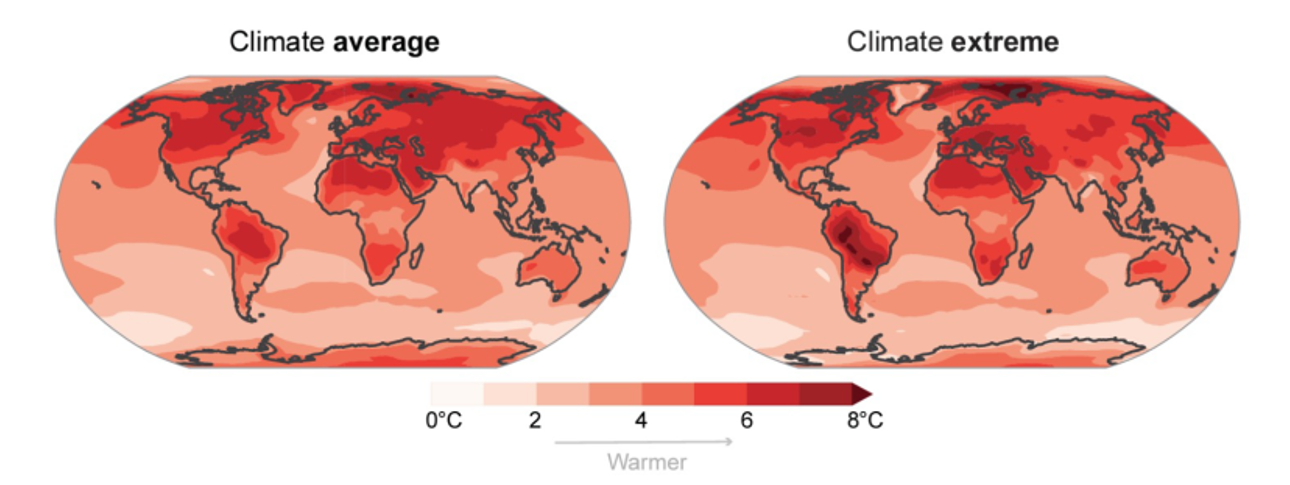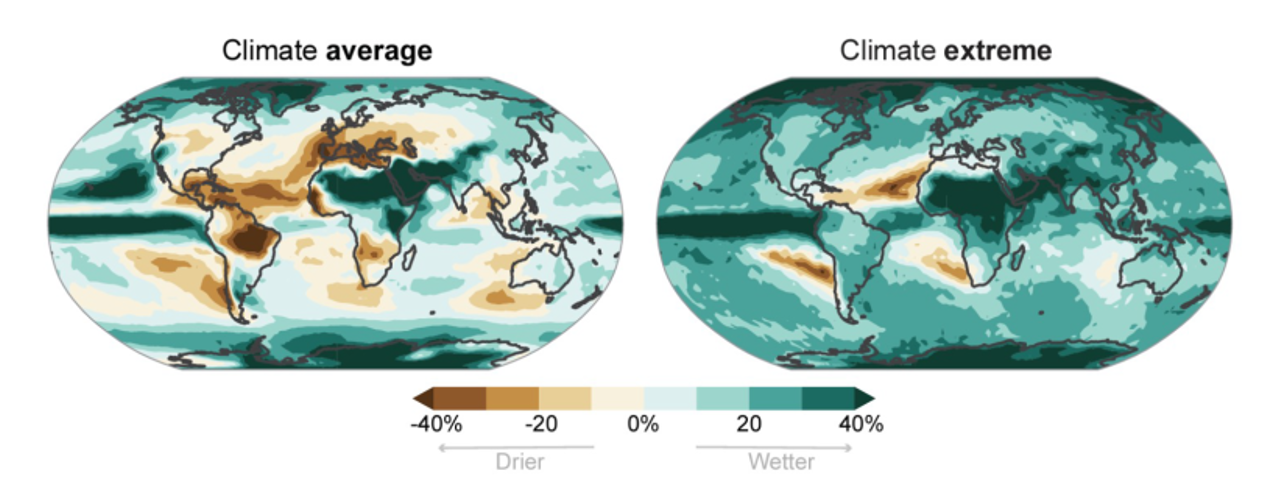The world has already breached the 1°C temperature threshold and is skyrocketing towards a 1.5°C increase by the mid-century. Average atmospheric carbon dioxide (CO2) concentration is now close to 420 parts per million (PPM) and human-induced climate change has driven irreversible changes in land, ocean, and atmospheric systems (1). The Working Group 1 (WG1) of Intergovernmental Panel on Climate Change (IPCC) in their Sixth Assessment Report (AR6) has summarized outcomes and predictions based on five Shared Socio-Economic Pathway (SSP) that picture a world ravaged by more intense and frequent heat extremes and heavy precipitation events, droughts, cyclones, and sea level rise (SLR), glacier retreat, reduction in sea ice cover, and permafrost (1).
Climate change will have catastrophic impact in global to regional scale with differential magnitude. Some parts of the world will warm much faster that others, whereas, some areas will experience more rainfall, while others will be exposed to prolonged droughts (2). For example, polar regions are experiencing warming much faster than global average, temperatures has risen about 2°C in the Arctic and between 1.0 and 1.5°C in the Antarctic (3). Solomon Islands in the pacific are experiencing sea level rise three times higher than the global average and has been termed as the site of the first “sinking islands” of the 21st century (4).

Figure 1: Future temperatures show that the changes will not be distributed equally. Polar regions and land areas are expected to see the largest temperature changes [source: UCAR (2)]
With climate change, global average precipitation is also likely to increase and be more erratic. As like temperature, the distribution will not be even over the globe, rather, many parts of the world could experience increases in the frequency and intensity of extreme, heavy rain events, and in other parts of the world, dry conditions may become more severe and last longer (2).

Figure 2: Future changes in precipitation will vary regionally, with some parts of the globe likely to become wetter and other areas projected to become drier [source: UCAR (2)].
There are also phenomenon like, El Niño–Southern Oscillation [ENSO (both El Niño and La Niña)] and Indian Ocean Dipole (IOD), that though regional event, but create catastrophic impact in global scale. Extreme El Niño and La Niña events will become more frequent in the 21st Century due to greenhouse gas emission and climate change and may become even stronger (5). The strong IOD events are also becoming more frequent and will occur from one event in every thirteen years to one event in every eight years in the future (6).
Impact of climate change will be felt differently in different regions based on prevailing environmental condition, socio-economic structure, development trajectory, disaster management, coping strategy and adaptation and mitigation capacity. It is thus very obvious, that the poor island nations and least developed and developing countries are at the greatest vulnerability due to climate change.
In this section, we briefly summarize the climate change phenomenon at a global scale and its propagation and associated complexities at a local scale.
References
This website was produced with the support of the United States Agency for International Development (USAID) under the terms of USAID's Research for Decision Makers (RDM) Activity cooperative agreement no. AID-388-A-17-00006
Views expressed herein do not necessarily reflect the views of the U.S. Government or USAID. icddr,b is also grateful to the Governments of Bangladesh, Canada, Sweden and the UK for providing unrestricted/institutional support
68, Shaheed Tajuddin Ahmed Sarani Mohakhali, Dhaka 1212, Bangladesh
icddr,b is located at the Mohakhali area in Dhaka, just ask your driver for the "Cholera Hospital"
